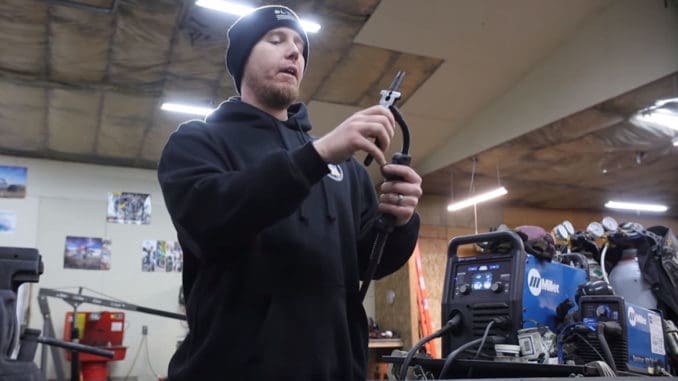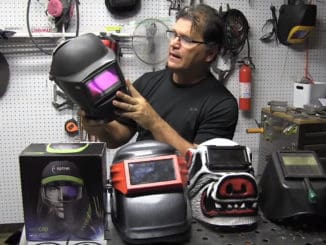
Nate from Dirt Lifestyle is a go-to source for many aspiring welders, inspiring them to pick up their first welder and dive into metalworking. While his videos showcase impressive projects, some beginners are discouraged by the initial results of their welding endeavors. In response, Nate has compiled five practical tips to help beginners improve the quality of their welds and boost their confidence in the workshop.
Tip 1: Cut the Wire
One of the easiest yet often overlooked tips is to cut the wire between welds. Nate emphasizes the importance of snipping off the contaminated end of the wire after each welding session. This simple step prevents the transfer of impurities into the next weld, resulting in a stronger and better-looking final product.
Tip 2: Bright Work Light
The significance of a bright work light cannot be overstated. Even with auto-darkening helmets, having a well-lit workspace makes it easier for beginners to see what they are working on before starting a weld. This tip helps maintain precision when welding straight lines or filling gaps, ensuring a clearer vision beyond the welding area.
Tip 3: Anti-Spatter Spray and Nozzle Gel
Nate recommends using anti-spatter spray and nozzle gel to keep surfaces clean during welding. These products, readily available on platforms like Amazon, help prevent spatter from sticking to the workpiece. While not foolproof, they significantly improve cleanliness and simplify removing any remaining spatter. By incorporating these products, beginners can enhance the overall appearance of their welds.
Tip 4: Acetone
In line with the theme of cleanliness, acetone is a valuable tool for beginners. Nate suggests using a flapper wheel before welding to remove paint, rust, or contaminants from the work surface. Following this, wiping down the area with acetone removes oils and other residues that might affect the weld quality. This extra step contributes to a clean and well-prepared surface for welding.
Tip 5: Machine Settings
Arguably, the most crucial tip for beginners is to understand and learn the settings of their welding machine thoroughly. Using a high-end Multimatic 220 welder as an example, Nate highlights the importance of correctly setting up the machine. For those with less expensive machines, the door typically contains a chart with recommended settings based on material thickness and wire size. Beginners are advised to use this chart as a starting point and fine-tune settings as needed during their projects.
Nate’s five tips provide a solid foundation for beginners looking to improve their welding skills. By implementing these straightforward yet impactful suggestions, aspiring welders can overcome common challenges, enhance the quality of their work, and ultimately enjoy a more fulfilling welding experience.




